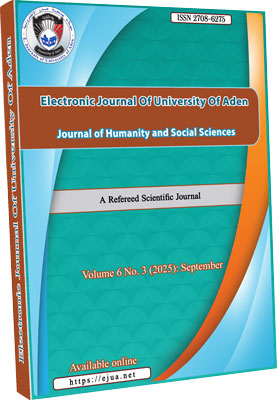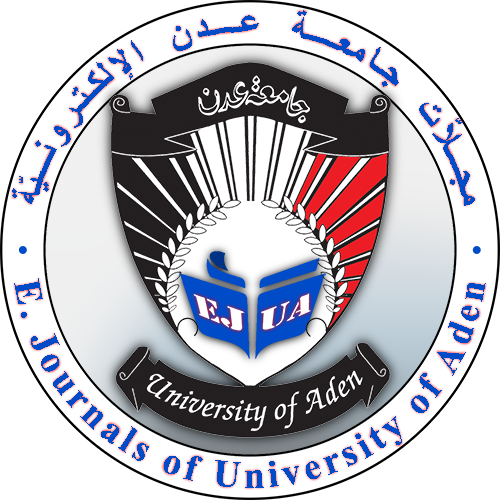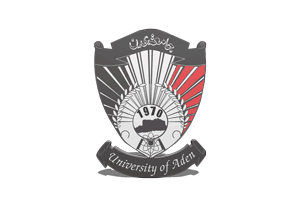EVALUATION OF THE ORAL AND DENTAL MEDICINE PROGRAM AT AL-JANAD UNIVERSITY FOR SCIENCE AND TECHNOLOGY FROM THE PERSPECTIVE OF FACULTY MEMBERS AND STUDENTS, ACCORDING TO QUALITY ASSURANCE AND ACADEMIC ACCREDITATION STANDARDS
DOI:
https://doi.org/10.47372/ejua-hs.2025.3.463Keywords:
Program evaluation, Dentistry, Al-Janad university, Quality assurance, Academic accreditationAbstract
The aim of the study was to Find out availability of Quality standards and academic accreditation in Bachelor of Dental Medicine Program at Al-Janad University of Science and Technology from the perspective of faculty members and students. The study population consisted of (49) of faculty members who taught the program courses, and fifth-level students consisted of (107) The study was applying in the academic year (2023-2024). The study approach used in this study was the descriptive approach. The study tool used in this study was a questionnaire designed to collect the information which consisted of (79) paragraphs distributed in seventh sections. By processing the data statistically, the results of the study led to:
- Availability of quality standards and academic accreditation in Bachelor of Dental Medicine Program at Al- Janad University of Science and Technology from the perspective of faculty members and students It was significant in all sections of study, as the total arithmetic mean for faculty members was (3.94), and a percentage of (77%), and the total arithmetic mean for students was (3.61), and a percentage of (%72).
- There are no statistically significant differences at the level of significance (0.05) Between the responses of faculty members and students of the program in degree in availability of quality standards and academic accreditation in Bachelor of Dental Medicine Program at Al- Janad University of Science and Technology from the perspective of faculty members and students in the first five fields: (evaluating the program’s learning objectives and outcomes, evaluating the curriculum, evaluating teaching and learning methods and approaches, evaluating practical training, evaluating learning assessment methods and procedures), It was in favor of faculty members, and the results showed that there were no differences in the areas of (evaluation of learning resources, facilities and equipment, and evaluation of student services) between the responses of faculty members and students.
- Recommendations: The study recommends: reviewing student services, learning resources and equipment; holding training workshops to develop learning evaluation methods and procedures; and developing teaching methods, approaches, and strategies.
Downloads
Published
How to Cite
Issue
Section
License

This work is licensed under a Creative Commons Attribution-NonCommercial 4.0 International License.








